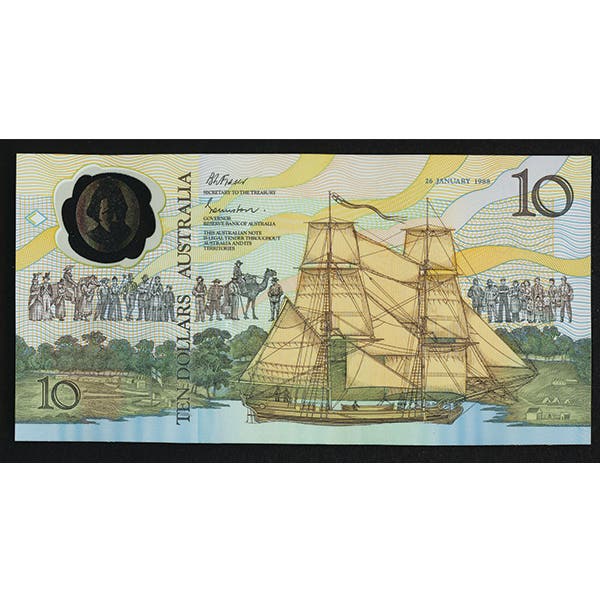1851-O 3-Cent Piece: An Obscure Piece of History
The year 1851 was an interesting but troubled time. The price of silver had moved to a point where silver coins of the United States could be sold, and as…
The year 1851 was an interesting but troubled time. The price of silver had moved to a point where silver coins of the United States could be sold, and as a result, people had started hoarding silver. That caused a major problem in circulation since back in the 1850s all the coins in circulation except for large cents, half cents and gold were silver. That caused significant problems as no one would want 27 cents in change if it meant 27 large cents, or worse, 54 half cents.
Officials, for their part, were being officials. They could have taken prompt action, but they did not. It was a time when officials were still concerned about the public reaction to steps they might take regarding cons. There had already been some concern that the old coppers were too large and inconvenient, but replacing what were unpopular coins with coins worth substantially less than their face value was an option officials did not want to undertake.
It was much the same with the silver coins. The silver value of coins could have easily been lowered, but once again there appears to have been a concern on the part of officials that the public might reject coins with reduced silver value and in the process opt to reject the officials and politicians responsible for the coins. As a result, hesitation was the answer most often and if not simple stalling, at least careful study.
In the middle of the crisis, a bright idea of sorts was put forth for a 3-cent coin made of not 90 percent but rather 75 percent silver. It was probably a bad compromise, but at the time it looked pretty good to officials who did not want to do anything that might cause trouble but who already had trouble of sorts with people being unable to make change. After all, at 3 cents, people might not care if it was a bit under the silver value they might expect, and if it circulated that would solve some of the problems. In addition, rather than say it was necessary to lower silver, they used the need to purchase postage stamps, which were 3 cents at the time, as the reason for the new denomination.
In fact, the postage stamp correct change reason was probably just a good excuse for the new 75 percent silver 3-cent coin. In fairness, making change at the time was a problem but only because silver coins were not circulating and the volume of first-class mail was not enough to suggest a crisis.
The new 3-cent piece emerged in 1851, and it would actually work fairly well. Once officials got around to solving the silver situation, the silver content was raised to 90 percent, and then during the next crisis, the Civil War copper-nickel 3-cent piece was introduced. But even with copper-nickel composition, the silver 3-cent piece was able to last until 1873.
As might be expected, when the first 3-cent pieces were produced, there was heavy production, especially for the first few years. The one exception was in 1851 in New Orleans where just 720,000 were produced. The 720,000 1851-O 3-cent pieces were to be the only 3-cent coins of any composition to ever be produced outside the main facility in Philadelphia. There would be decades of silver and copper-nickel 3-cent pieces to follow, but not a single one was produced in a branch mint.
It is also interesting to consider the 1851-O, for it is a relatively low mintage coin produced at a time of crisis, yet its G-4 price today is just $40. Even in XF-40, it is just $180, with an MS-60 being $600. And, if you can ever find one, an MS-65 is $2,750.
There is no proof of what happened to the 1851-O, but the simple fact that there was never another makes a strong case for heavy circulation or even melting. With limited demand today, the prices are reasonable and, for the money, the 1851-O makes an excellent and historic purchase.









